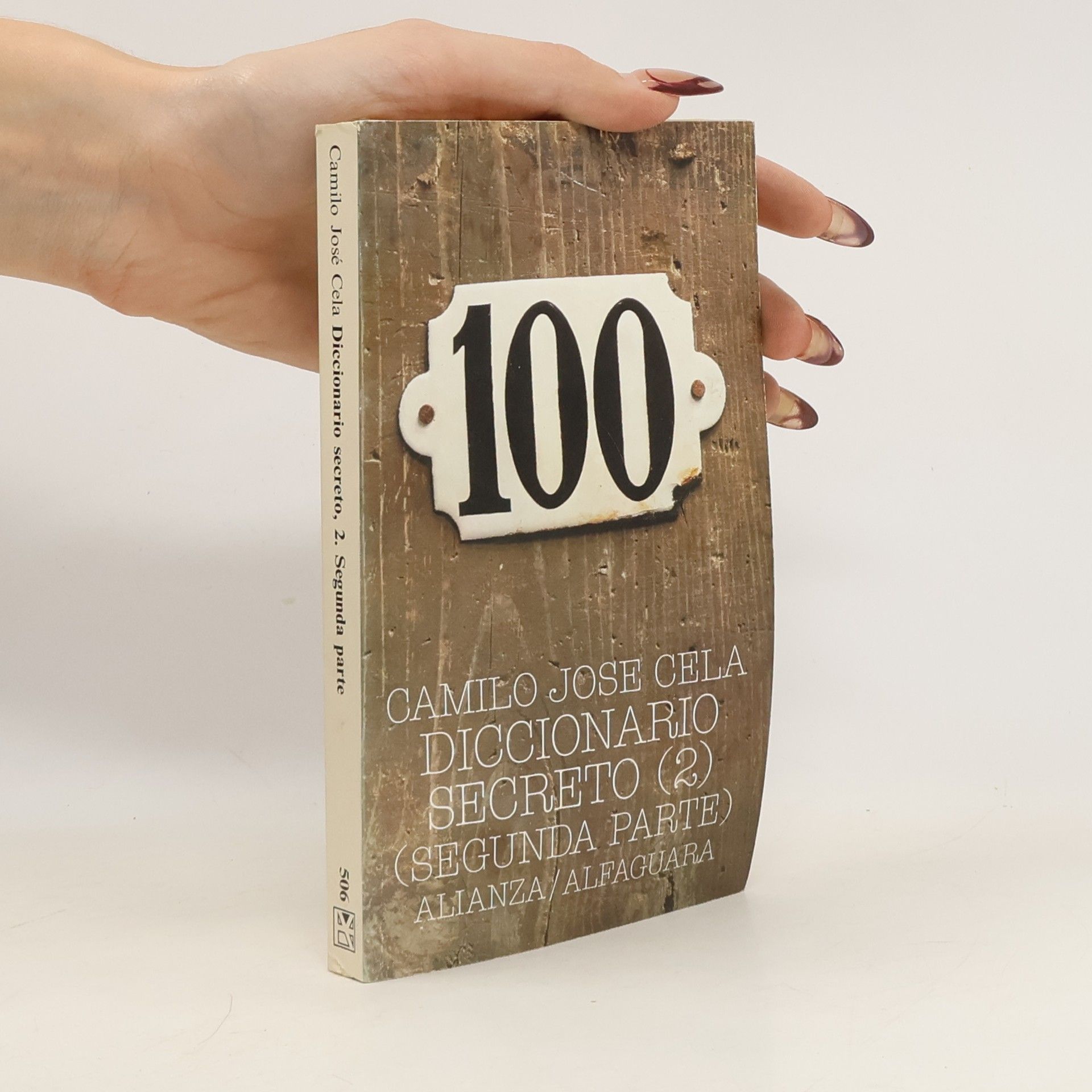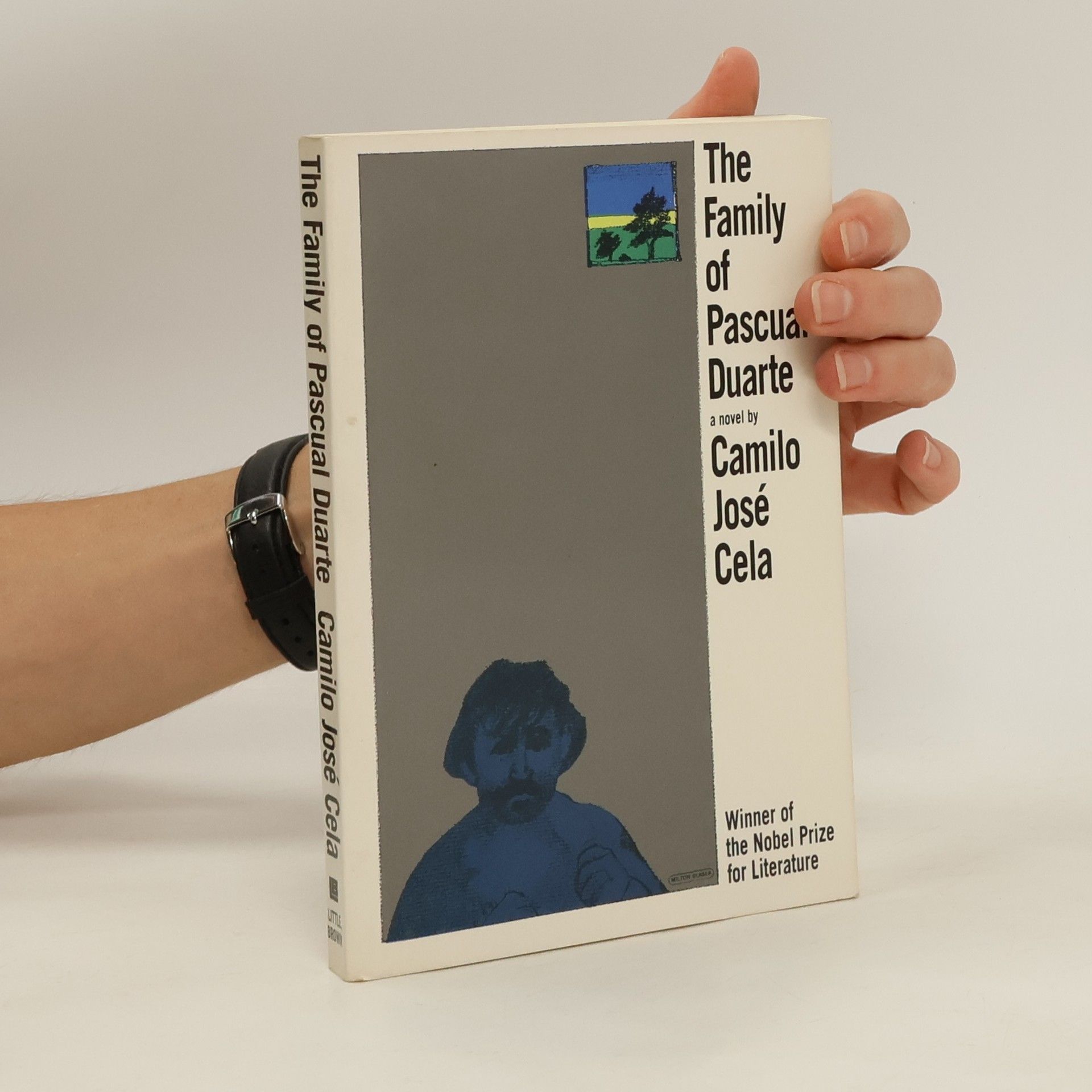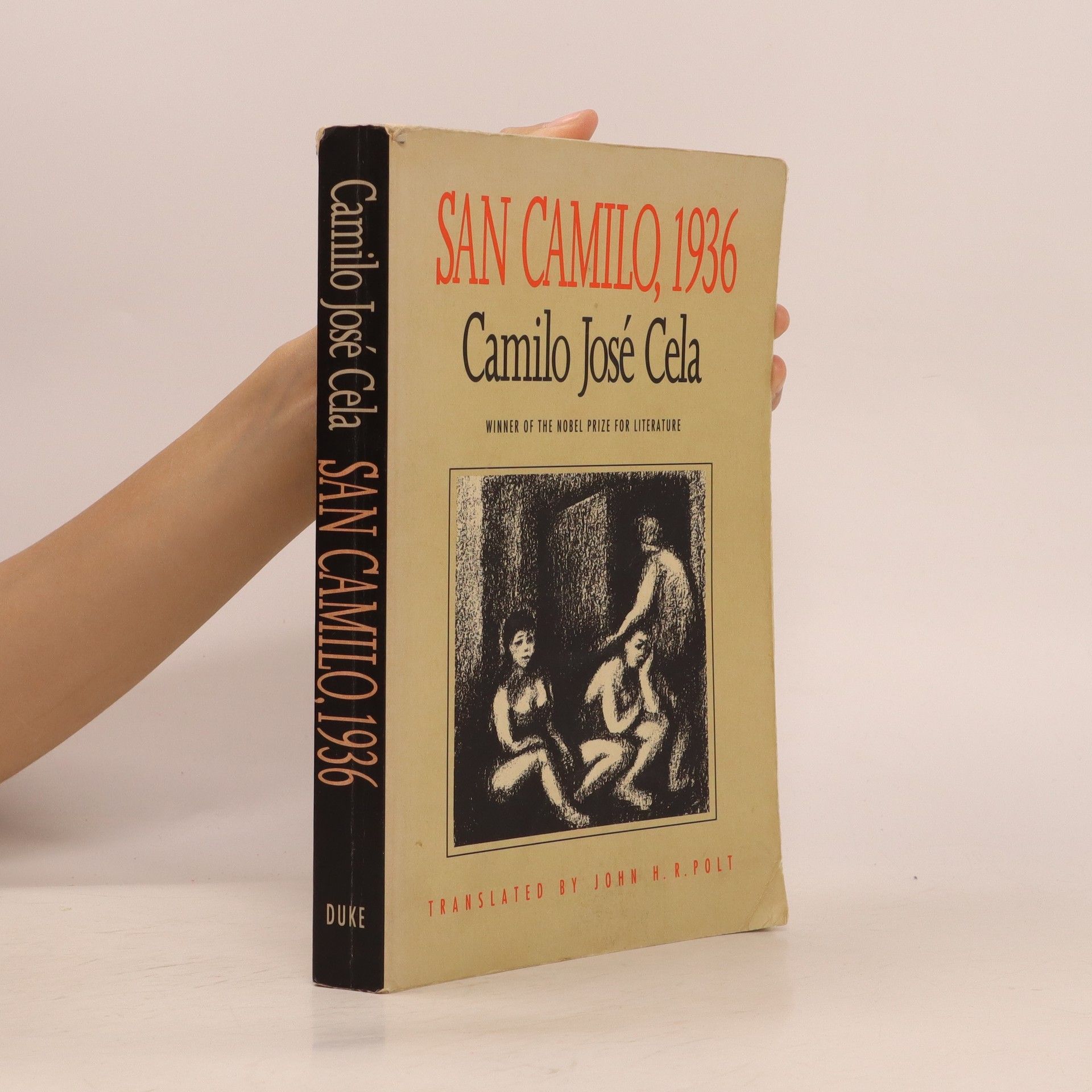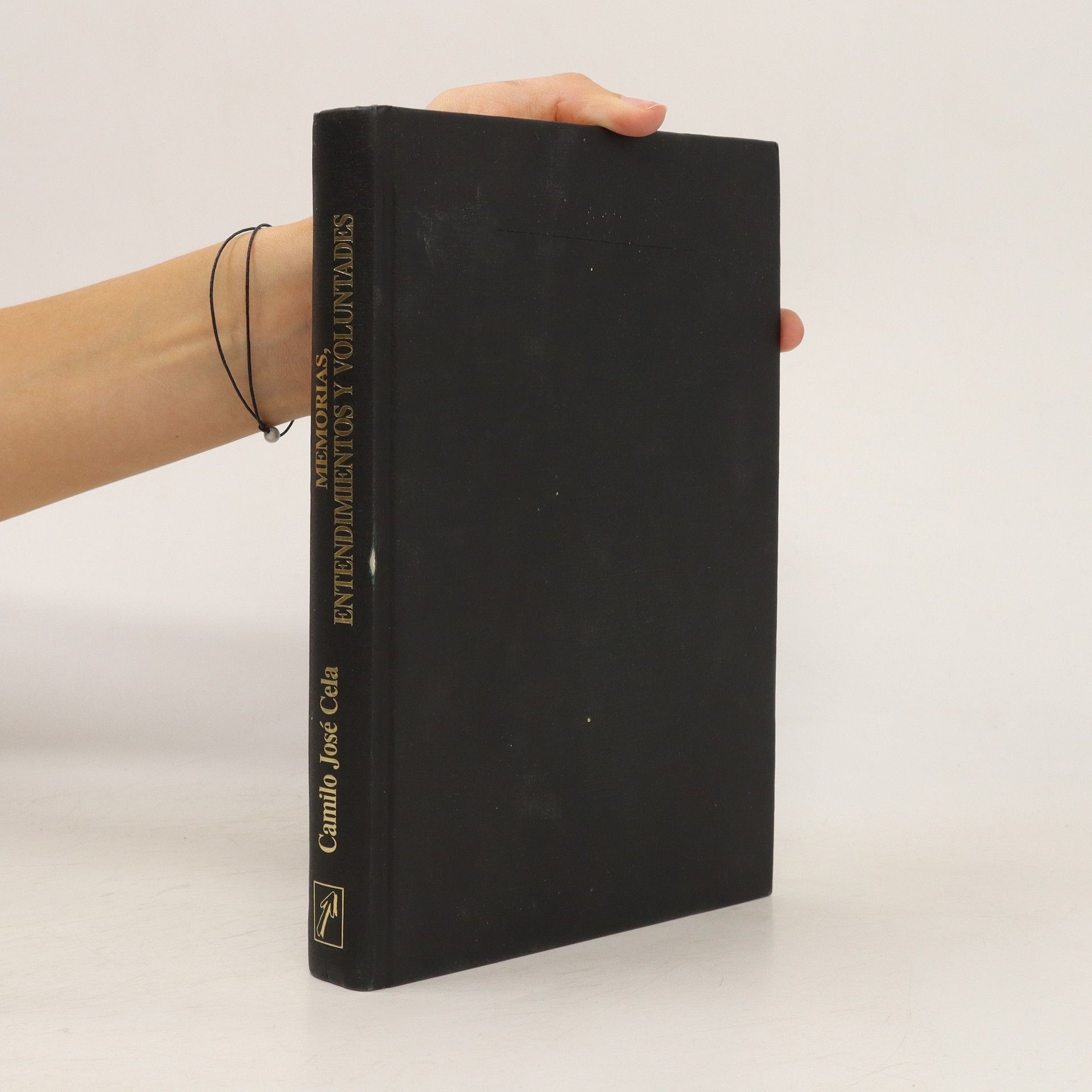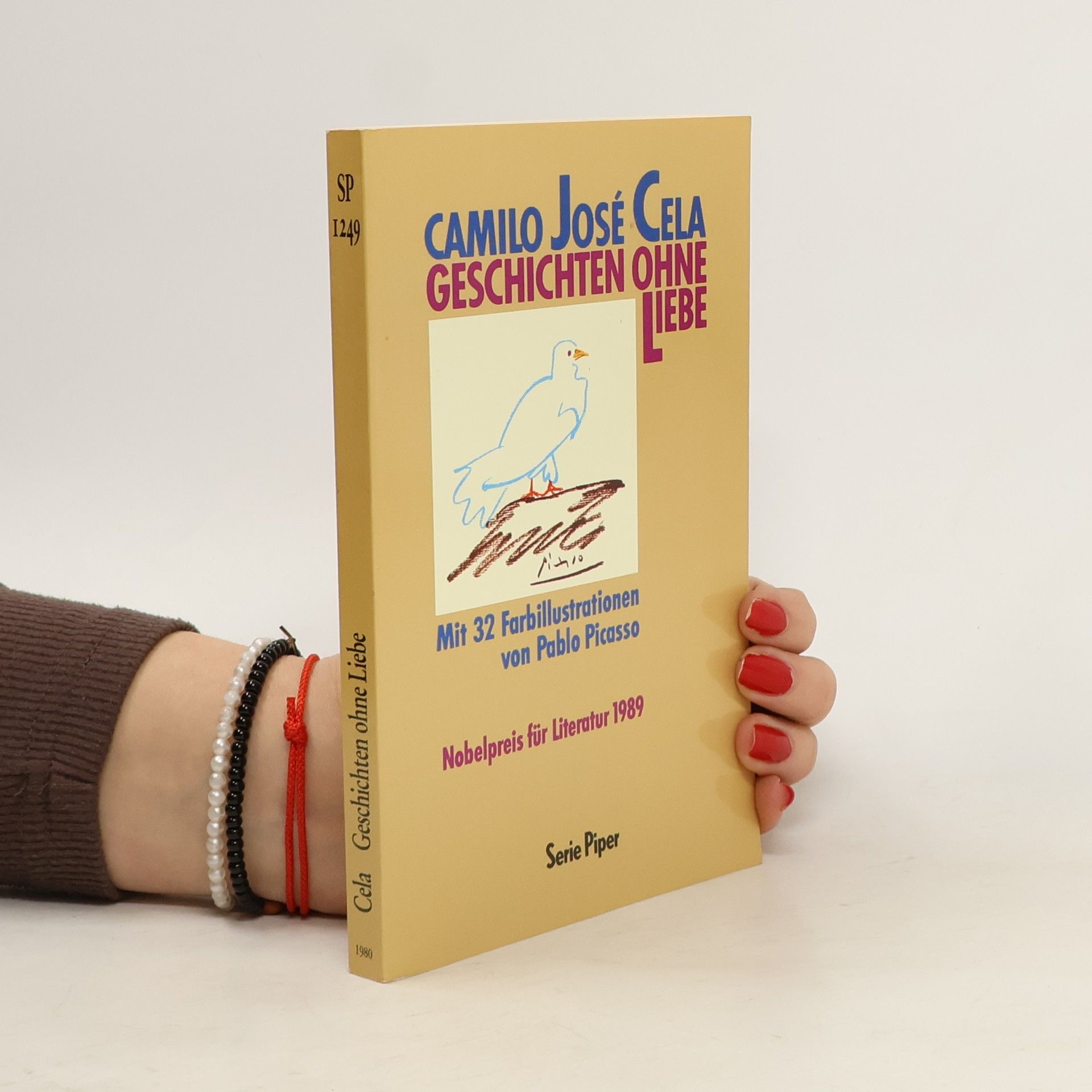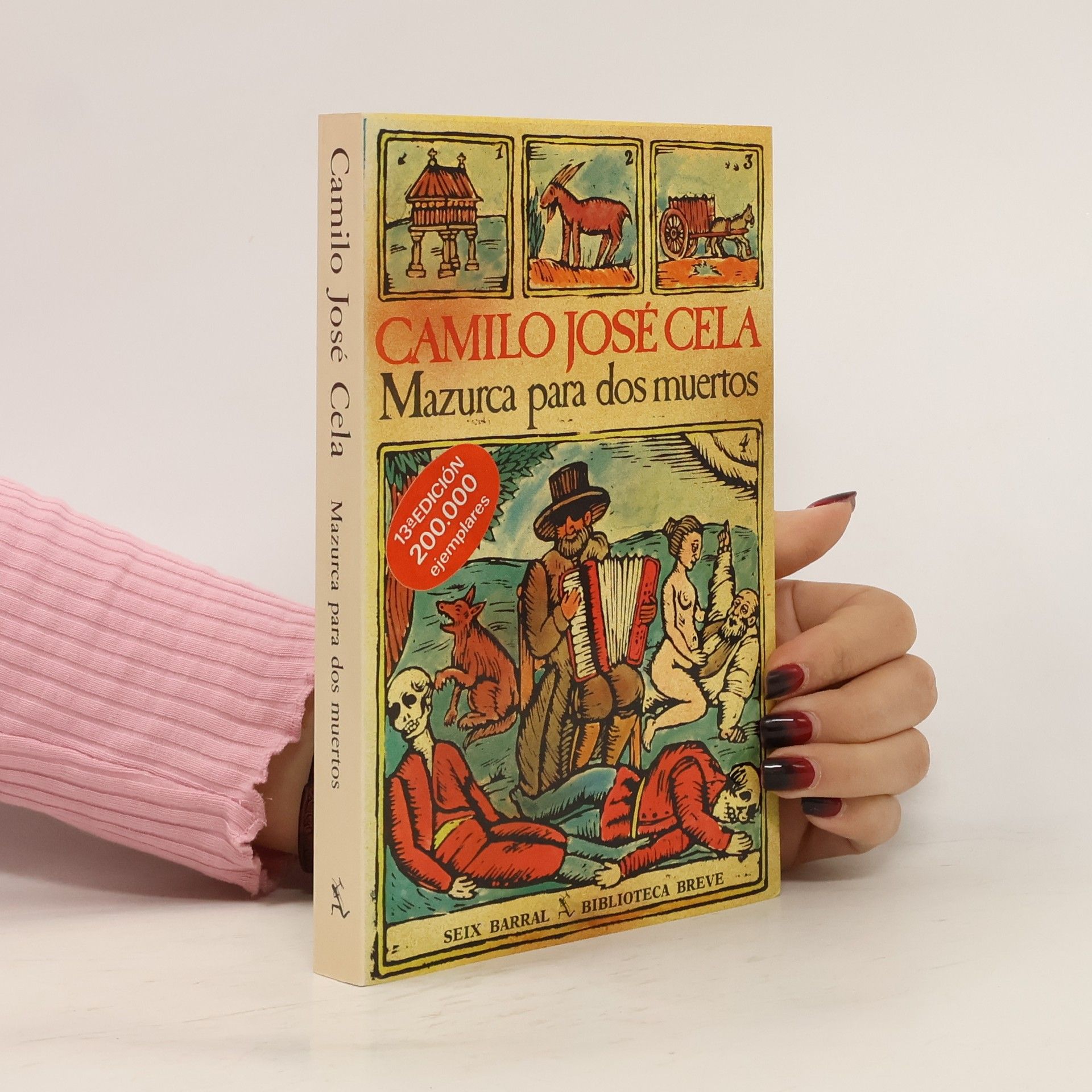De bijenkorf
- 206bladzijden
- 8 uur lezen
In de grootse roman De bijenkorf van de Spaanse Nobelprijswinnaar Camila José Cela wordt het stadsleven geschilderd in het barre Madrid. Het is de winter van 1942 - 2943. De kleine burgerij vegeteert er in koffiehuizen en bordelen, alkoven en optrekjes, soms gelukkig maar meestal niet: het leven sleept zich voort in de monotonie van onbeduidende zondetjes en schaarse momenten van vreugde. Cela licht twee dagen uit dit leven en laat een bonte mengeling van personages de revue passeren, in een levendige aaneenschakeling van beelden, momentopnames, korte intermezzo's, schetsen en impressies: 'een flauwe schaduw van de ruwe, de tedere, de smartelijke werkelijkheid van elke dag'. Naar de roman maakte Mario Camus in 1983 de veelgeprezen film La colmena. Camilo José Cela, geboren in 1916 in Iria Flavia, een dorpje in de provincie La Coruña in het noordwesten van Spanje, is een meester van de karikatuur en de agressieve satire. Zijn fijne ironie doet denken aan Quevedo, zijn ontmaskerende sarcasme aan Goya. hij is een bezeten waarnemer, die wordt gedreven door een hartstocht voor de werkelijkheid en een grote bewogenheid met de 'doelloos ronddolenden'. Van deze grote Spaanse auteur zijn voorts in het Nederlands vertaald de romans De familie van Pascual Duarte, Mrs. Caldwell spreekt met haar zoon en de novelle De windmolen.

